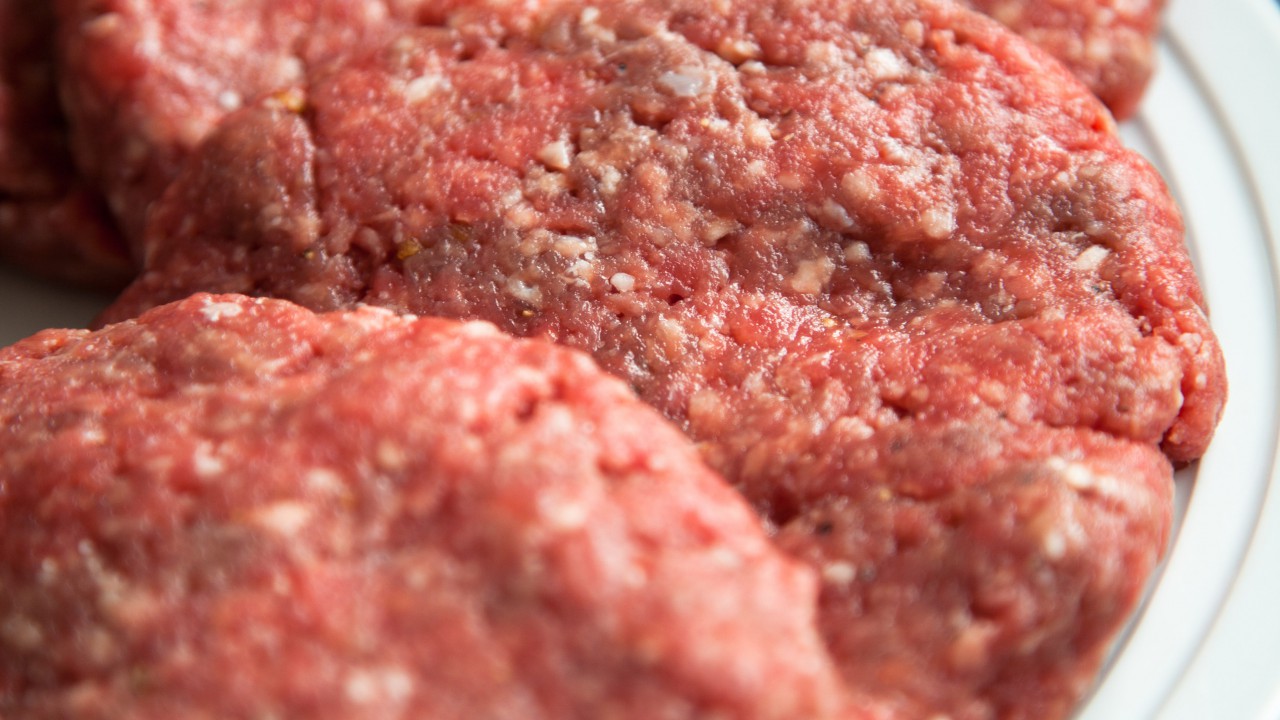Researchers in the UK have developed a new method for detecting meat fraud which can identify horsemeat in beef or lamb mince samples.
The new method, which was developed by the Institute of Food Research (IFR) in Norwich, can detect the presence of 1% of horsemeat in samples.
According to the researchers, the test exploits subtle differences in key meat proteins and it takes close to two hours to return a positive or negative result.
Due to the subtle differences in meat proteins, the researchers also say that the test can be used to give an estimate of how much unlabeled meat has been concealed in products.
Although the team at IFR have only demonstrated the test using raw meat from four species, they are confident that it can be used to reveal meat fraud in cooked retail products, which is of key interest to consumers and producers alike.
Three men charged with Horsemeat scandal
The horsemeat scandal came to light in early 2013, when products advertised as containing beef were found to include horsemeat that was undeclared or improperly declared.
Prosecutions following the incident are still on-going, with three men in the UK recently charged with fraud relating to horsemeat and beef sales following a thorough investigation, the Crown Prosecution Service (CPS) in the UK has said.
The men were accused of conspiring together, and with others, between January 1 and October 31, 2012, to defraud purchasers of goods that contained, wholly or in part, a mixture of beef and horsemeat, by dishonestly arranging for beef and horsemeat to be combined for sale as beef.
The case is currently still on-going, with the men due to appear in court at the end of September, 2016.

